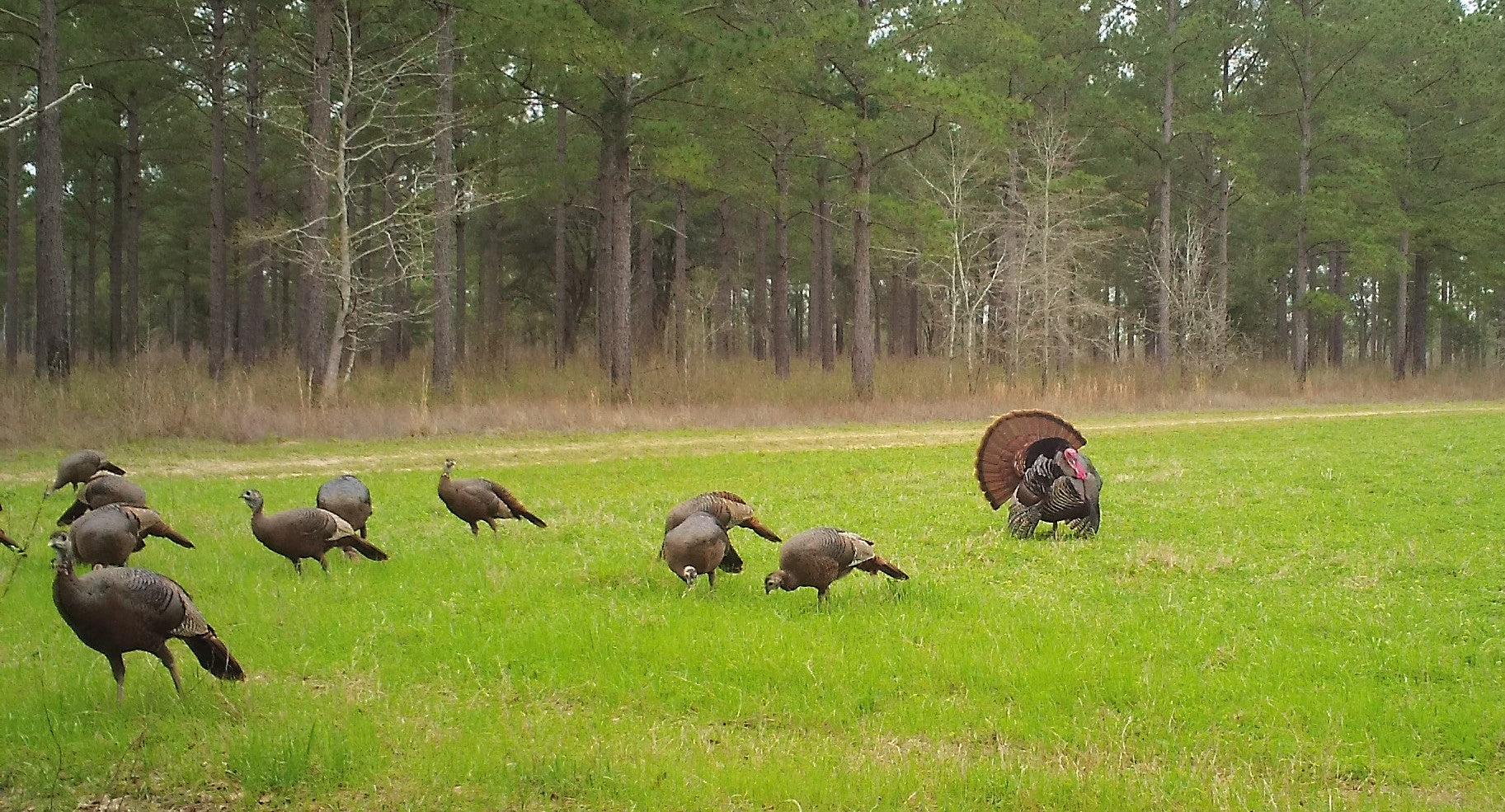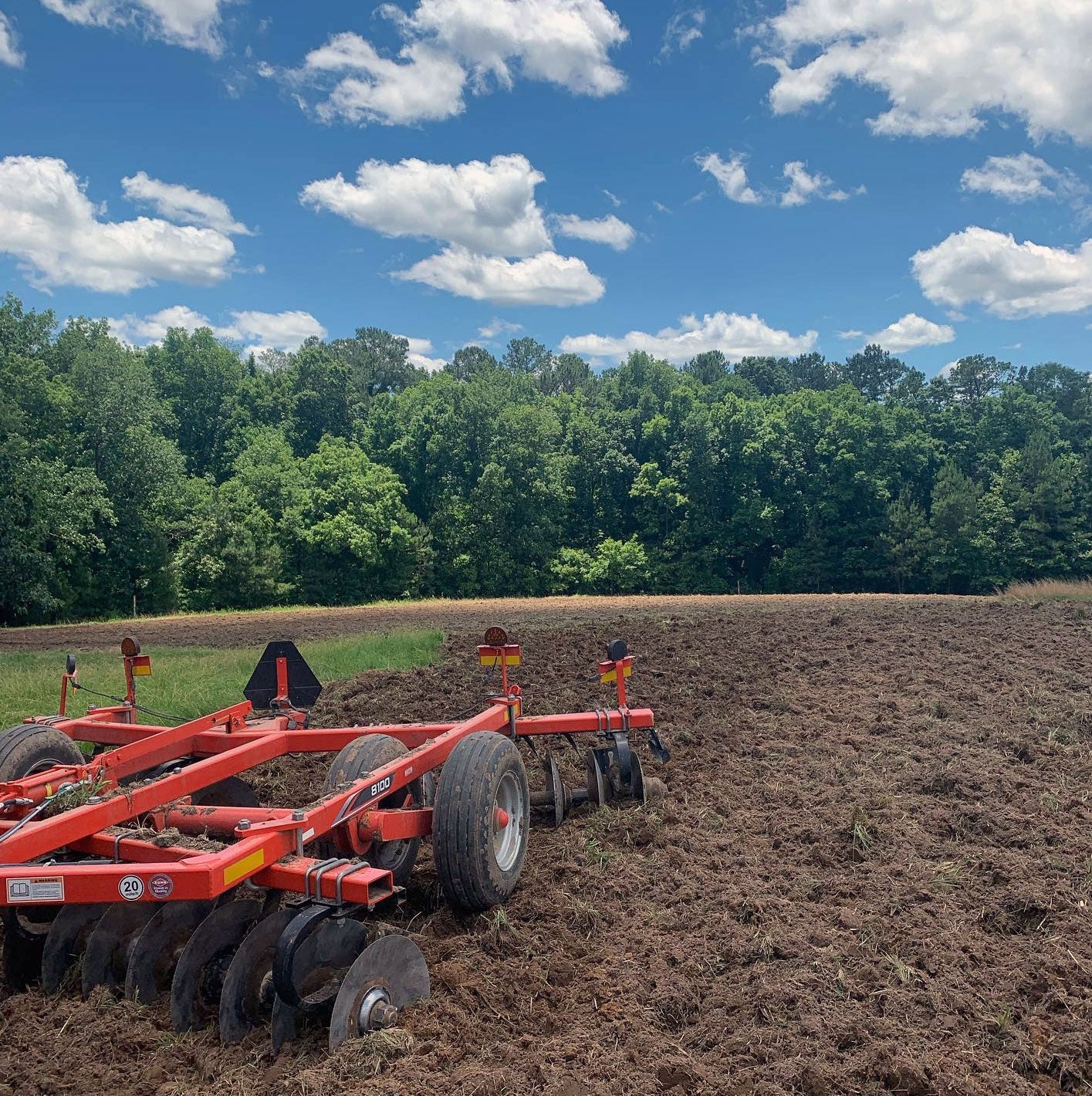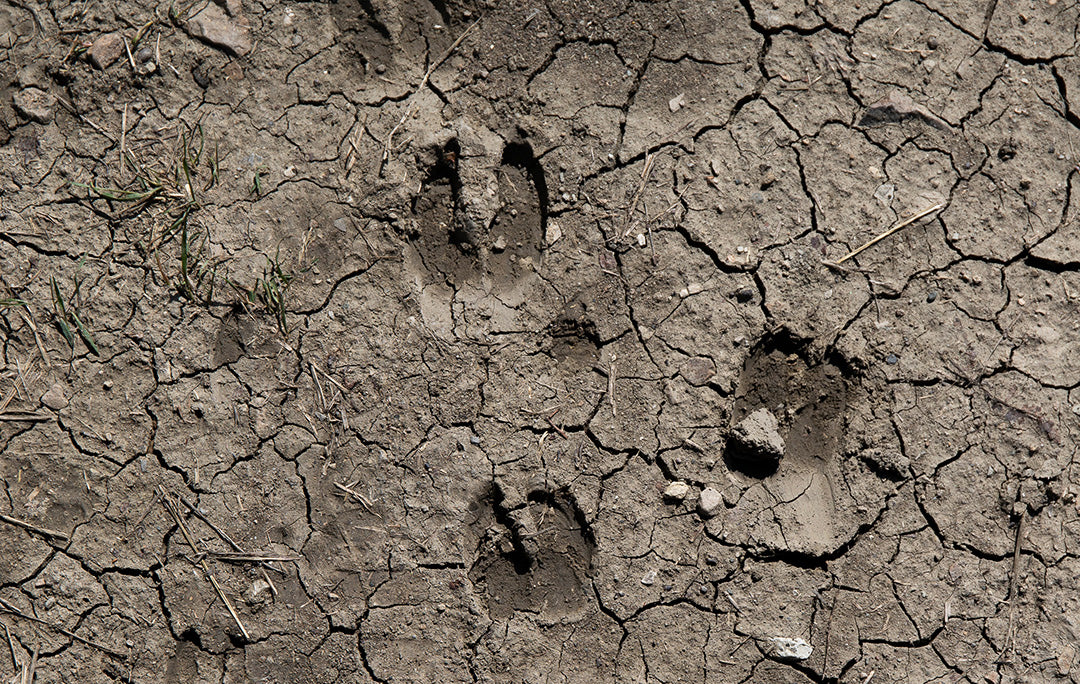Is Supplemental Feeding Necessary? - Part I
Supplemental feeding has never been more popular. There are now more ranches and more acres enrolled in supplemental feeding programs than at any other time in history! Look in any hunting magazine and you’ll find pages of advertisements for feeders, feeder accessories, supplemental feed, and food plot seed. Obviously, supplemental feeding has become BIG BUSINESS!
Does supplemental feeding really work, or are all of these ranchers wasting their time and money? If supplemental feeding is beneficial, when is the best time to feed? These are important questions that deserve honest answers.
What follows is the first of a six-part series on supplemental feeding. Part I and II of the series will help you to decide whether or not supplemental feeding is necessary on your ranch. Part III and IV will explain how you can make your supplemental feeding program more effective and finally, Part V and VI will highlight some of the potential negatives associated with supplemental feeding programs.
What is Supplemental Feeding?
First, let’s define supplemental feeding. Supplemental feeding is a management tool used to provide nutritious feed to deer, especially during times of stress. Stress periods occur when the quantity or quality of the native forage is in some way lacking. Or, when deer are physiologically stressed due to increased nutrient requirements for re-gaining body mass and growing antlers, in the case of bucks, or for producing and nursing fawns, in the case of does.
Supplemental feeding is often confused with baiting; however, they are two entirely different things. Supplemental feeding is done throughout the year and is used to improve nutrition, while baiting is done only during the fall to improve huntability.
Is Supplemental Feeding Necessary?
No, but maximizing nutrition is absolutely necessary. In fact, maximizing nutrition should be the primary goal for every deer manager. Landowners and managers should take whatever steps are necessary, within the constraints of their budget, to ensure that nutrition is never limiting for their deer herd. Even in the agricultural Midwest nutrition can be limiting. Although corn, soybeans, oats, and alfalfa are planted over 30-90% of the landscape in the “breadbasket” of the U.S., nutrition can be limiting during late winter after crops have been harvested, temperatures have dropped, and snow blankets the ground.
In south Texas, improving nutrition is even more important than in other areas because rainfall is extremely variable from year to year and from season to season. In this arid region, rainfall, more than any other factor, determines the nutritional level of the habitat. Therefore, rainfall also directly affects antler growth, buck survival, and fawn crops each year.
Nutrition can be improved in three ways. Managers can provide supplement, manipulate the native habitat, or plant food plots. Unfortunately, rainfall is a necessity for both native habitat manipulation and food plots to be effective, which is why I feel that an intensive supplemental feeding program is the single most important management tool available. An intensive, year-round supplemental feeding program will do more to improve your deer herd than any other management practice. The advantage of supplemental feeding is that feed can be provided on a constant basis, even as rainfall and the resultant habitat’s carrying capacity vary. After all, supplemental feed is like “rain in a bag.”
Does Supplemental Feeding Improve Antler Size?
Supplemental feeding is necessary if you wish to maximize the antler growth of bucks on your ranch. Antler size is directly related to nutrition. If nutrition is limiting during any time of the year, especially during January-August, full antler growth potential will not be realized.
One of the first scientific studies to examine the effects of supplemental feeding was conducted by French and his co-workers in the early 1950's. They found that buck fawns fed a high, 13-16% protein diet from weaning until age one-and-a-half grew larger antlers than buck fawns fed a low protein diet (only 5-10% protein).
Two Michigan researchers, John Ozoga and Louis Verme, conducted a large-scale supplemental feeding study in the late 1970's. These researchers found that supplementation increased both antler size and body growth and that deer matured earlier. Donnie Harmel, John Williams, and Bill Armstrong, with the Texas Parks and Wildlife Department’s Kerr Wildlife Management Area, fed two-and-a-half-year-old bucks a 16% protein diet and found that their antler mass was almost twice that of another group of two-and-a-half-year-old bucks fed a restricted 8% protein diet.
A More Recent South Texas Study
A more recent study was conducted on supplementation and antler growth by graduate student Marc Bartoskewitz and his major advisor Dr. David Hewitt. These two researchers conducted the study on three south Texas ranches through the Ceasar Kleberg Wildlife Research Institute at Texas A&M University-Kingsville. Feed provided at each ranch was laced with the biomarkers tetracycline during summer and chromium oxide during winter. The tetracycline permanently stained the teeth of deer that ate feed. Jawbones were collected from all hunter-harvested deer on each ranch and examined under a microscope to determine if the teeth were stained, which determined whether or not the deer ate feed. Chromium is non-digestible so it passes through and can be identified in the feces of deer that ate this laced feed. As a result, feces were also collected from harvested deer to examine for the presence of chromium.
Eighty-five bucks and 52 does were harvested and examined on Ranch A. Only 17 bucks and 85 does were examined on Ranch B. And 78 bucks and 61 does were examined on Ranch C. Supplemental feeding resulted in significantly larger antlers for two, three, and five-year-old bucks on Ranch A where gross Boone and Crockett Club (BCC) scores were an average of 15% larger. Four-year-old bucks on feed gross scored an average of 112 inches versus 100 inches for non-fed bucks, but due to small sample sizes this difference was not significant. Buck harvest sample sizes were too low on Ranch B to allow for a valid comparison. On Ranch C, harvested bucks on feed showed a trend toward larger antler size, but differences were not statistically significant.
Unfortunately, the density of feeders on all three ranches was relatively low, varying from one feeder per 405 acres on Ranch C, to one feeder per 845 acres on Ranch A, and one feeder per 1,000 acres on Ranch B. Feeder style also likely resulted in reduced use of feed because only Ranch A feeders were “free choice.” Feeder types for Ranches B and C were time release and programmed to provide feed only in the mornings and evenings.
When the results for all three ranches were combined, an interesting trend developed in the use of feed by buck age class. Only around 25% of yearling bucks that were sampled, had evidence of eating the laced feed. Feed use then increased as buck age increased, reaching a peak for seven-year-old bucks with more than 60% showing evidence of eating supplemental feed. No trends in doe age classes were evident, although does were much less likely to consume feed (0 to 15% of does sampled were marked).
Join me next week for Part II when we discuss the best time to supplemental feed on your place and how it will improve your fawn production.
Posted by Dr. Mickey W. Hellickson











Leave a comment